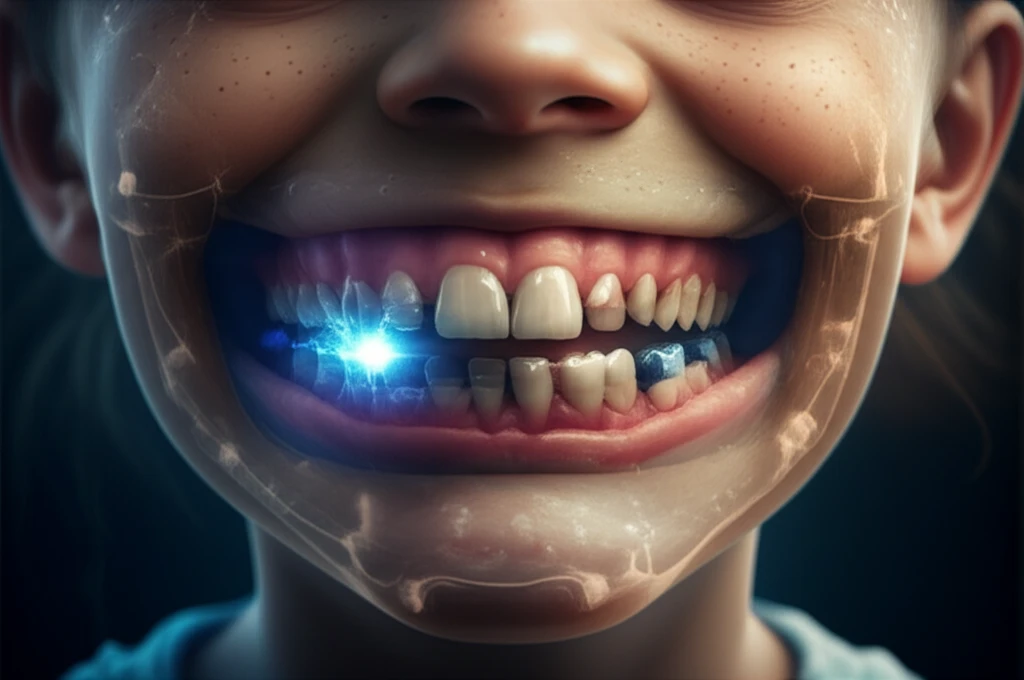
Decoding Your Smile: How Dental Tomography is Revolutionizing Mixed-Dentition Analysis
"Unlocking the Secrets of Your Child's Smile: Exploring the Cutting-Edge World of Dental Tomography and Its Impact on Orthodontic Treatment."
The journey to a perfect smile often begins in childhood, a time when a child's mouth undergoes significant transformations. For parents, understanding this process and ensuring proper dental development can be a source of both excitement and concern. Mixed-dentition analysis, the assessment of both baby and permanent teeth, is a crucial step in this journey, guiding orthodontists in making informed decisions about future treatments.
Traditional methods for analyzing mixed dentition, such as X-rays and plaster cast models, have long been the standard. However, recent advancements in technology, particularly the use of Cone-Beam Computed Tomography (CBCT), are offering a new level of precision and insight. This innovative technique provides a three-dimensional view of the teeth and jaw, enabling orthodontists to make more accurate predictions and diagnoses.
This article delves into the world of dental tomography, exploring how it compares to traditional methods and the benefits it offers for your child's orthodontic future. We'll explore the advancements in this field, what it means for you, and the impact these innovations have on the future of smiles.
Tomography vs. Traditional Methods: A Comparative Analysis

Traditional methods for assessing mixed dentition involve a combination of techniques, each with its own set of limitations. X-rays, for example, provide a two-dimensional view, which can make it challenging to visualize the full picture. Plaster cast models offer a physical representation of the teeth but lack the ability to see what lies beneath the gums. These techniques have served orthodontists for decades, but they also come with challenges.
- Enhanced Visualization: CBCT provides a 3D view, allowing for a more comprehensive understanding of dental structures.
- Improved Accuracy: CBCT offers more precise measurements, reducing the guesswork in treatment planning.
- Reduced Radiation: Modern CBCT devices emit lower radiation doses compared to traditional CT scans.
- Predictive Capabilities: CBCT aids in predicting the eruption of teeth and potential future problems.
- Personalized Treatment: CBCT data facilitates the creation of customized treatment plans.
The Future of Orthodontics is Now
Dental tomography is reshaping the landscape of orthodontics, offering a new era of precision, accuracy, and personalized care. As technology continues to advance, we can anticipate even more sophisticated imaging techniques that will further enhance our ability to predict, diagnose, and treat dental issues. By understanding these advancements, you can actively participate in the journey toward a healthy, beautiful smile for your child. The future is bright, and the smiles ahead will be even more radiant.
